
How to Use HC-12: Examples, Pinouts, and Specs
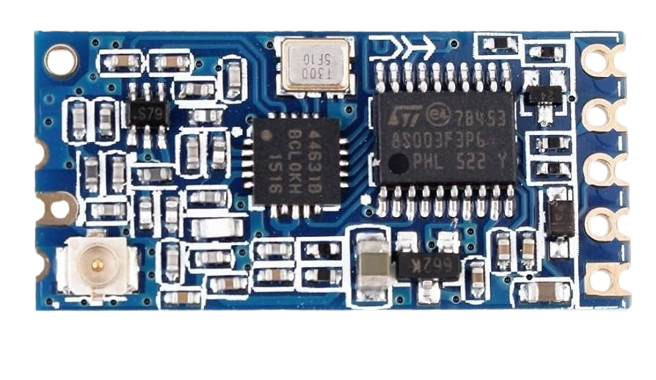
 Design with HC-12 in Cirkit Designer
Design with HC-12 in Cirkit DesignerIntroduction
The HC-12 is a wireless serial communication module that operates in the 433 MHz frequency range. It is designed for long-range data transmission, with a range of up to 1,000 meters in open space under optimal conditions. The module supports UART (Universal Asynchronous Receiver-Transmitter) communication, making it easy to interface with microcontrollers, such as Arduino, Raspberry Pi, and other embedded systems.
Explore Projects Built with HC-12
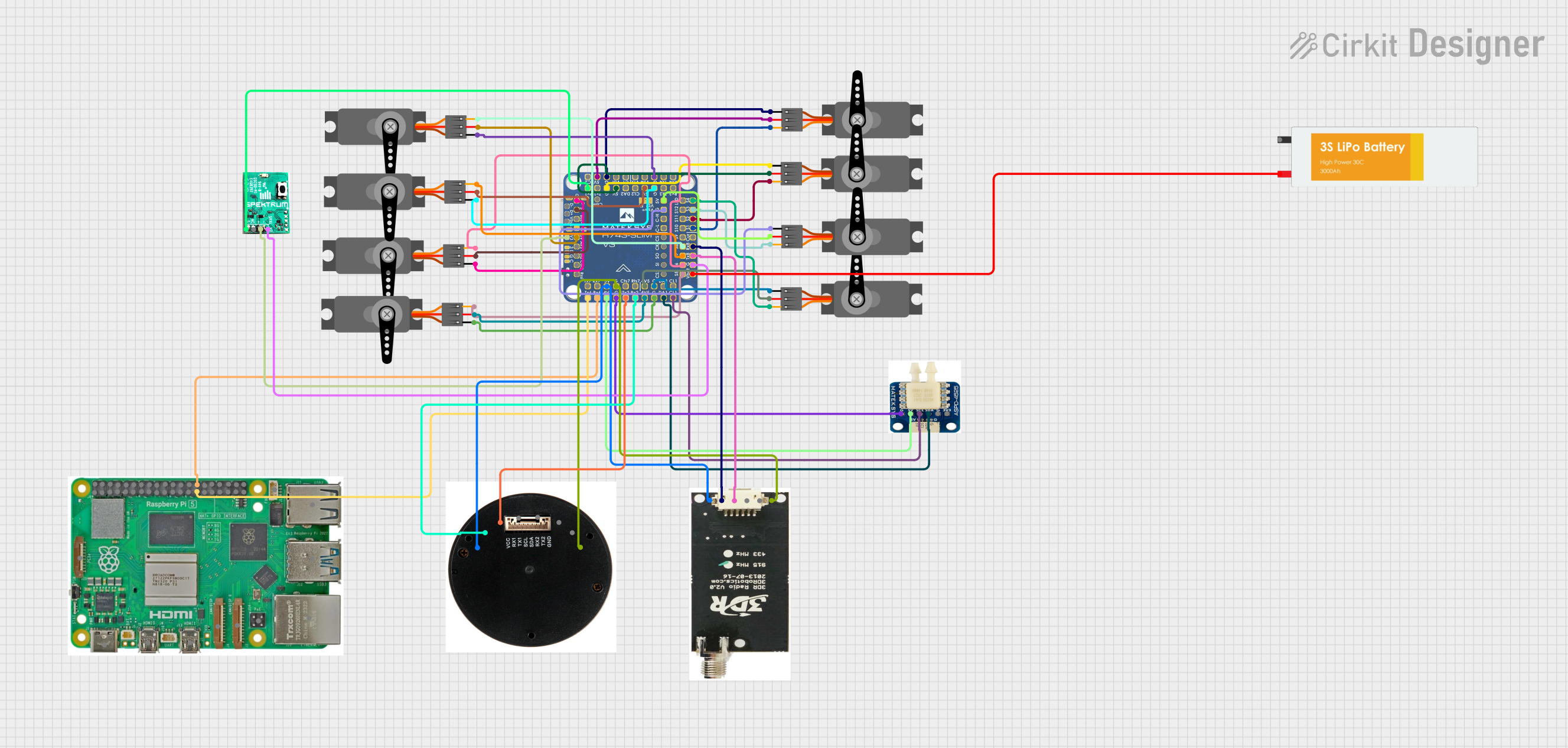
 Open Project in Cirkit Designer
Open Project in Cirkit Designer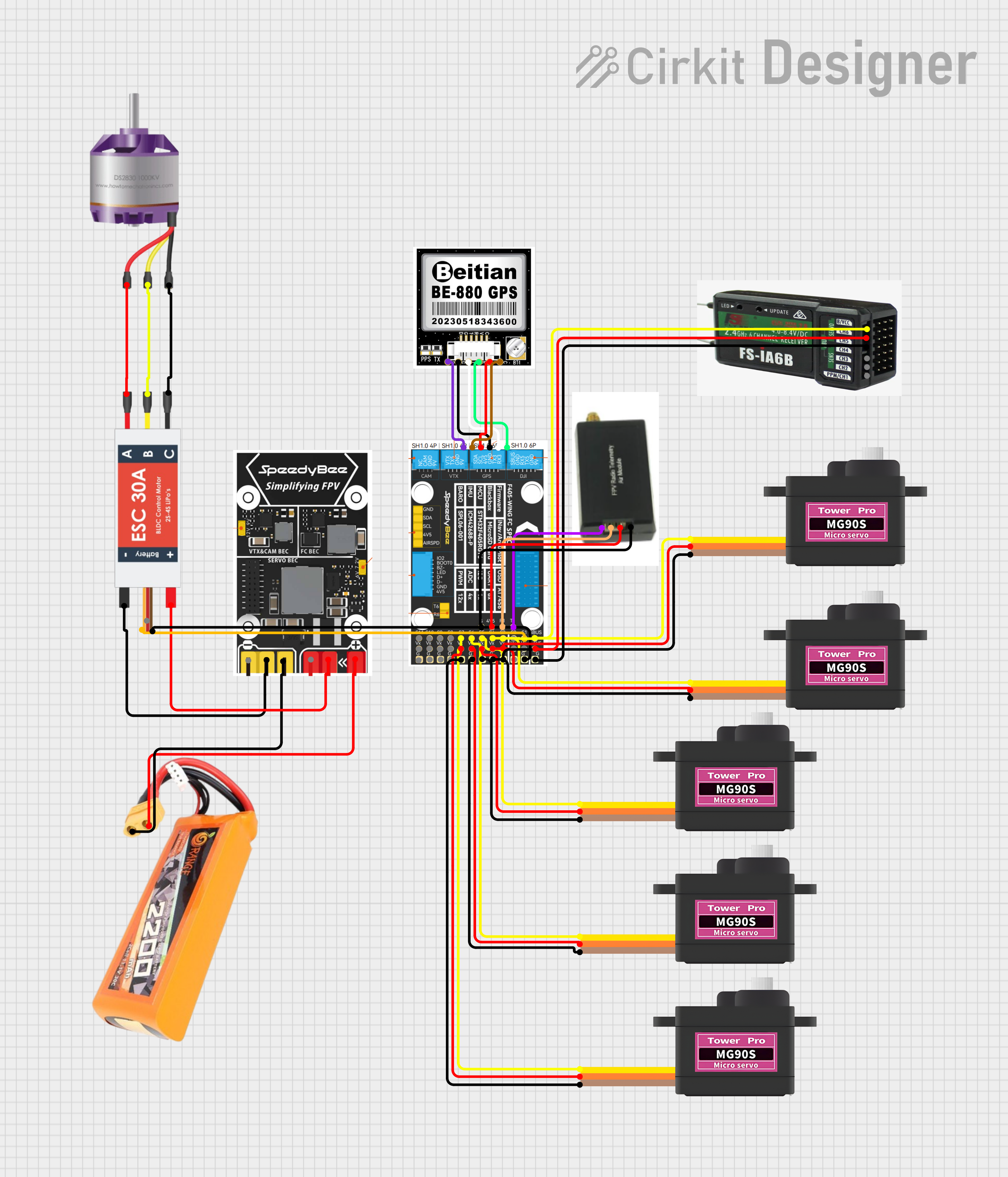
 Open Project in Cirkit Designer
Open Project in Cirkit Designer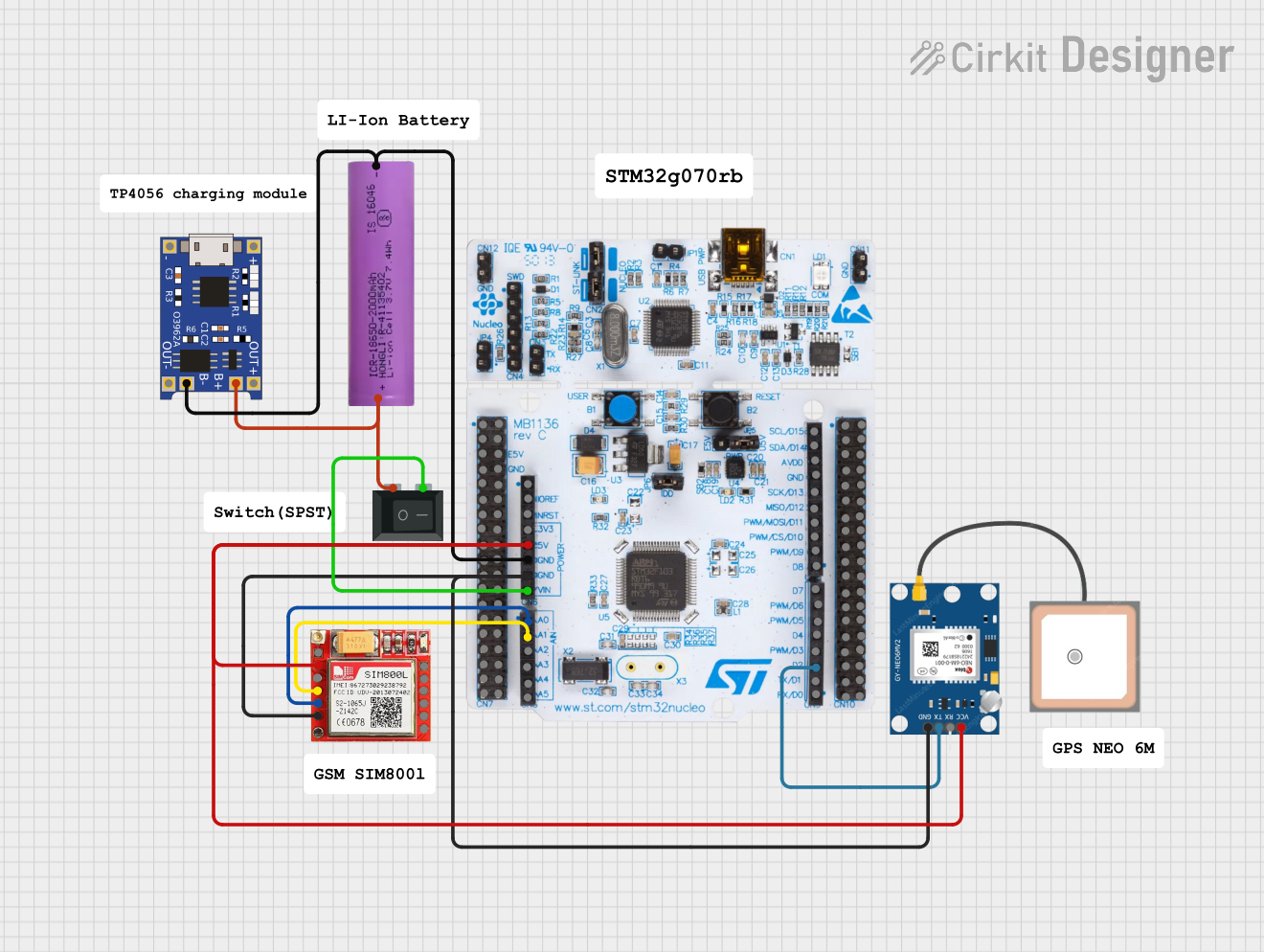
 Open Project in Cirkit Designer
Open Project in Cirkit Designer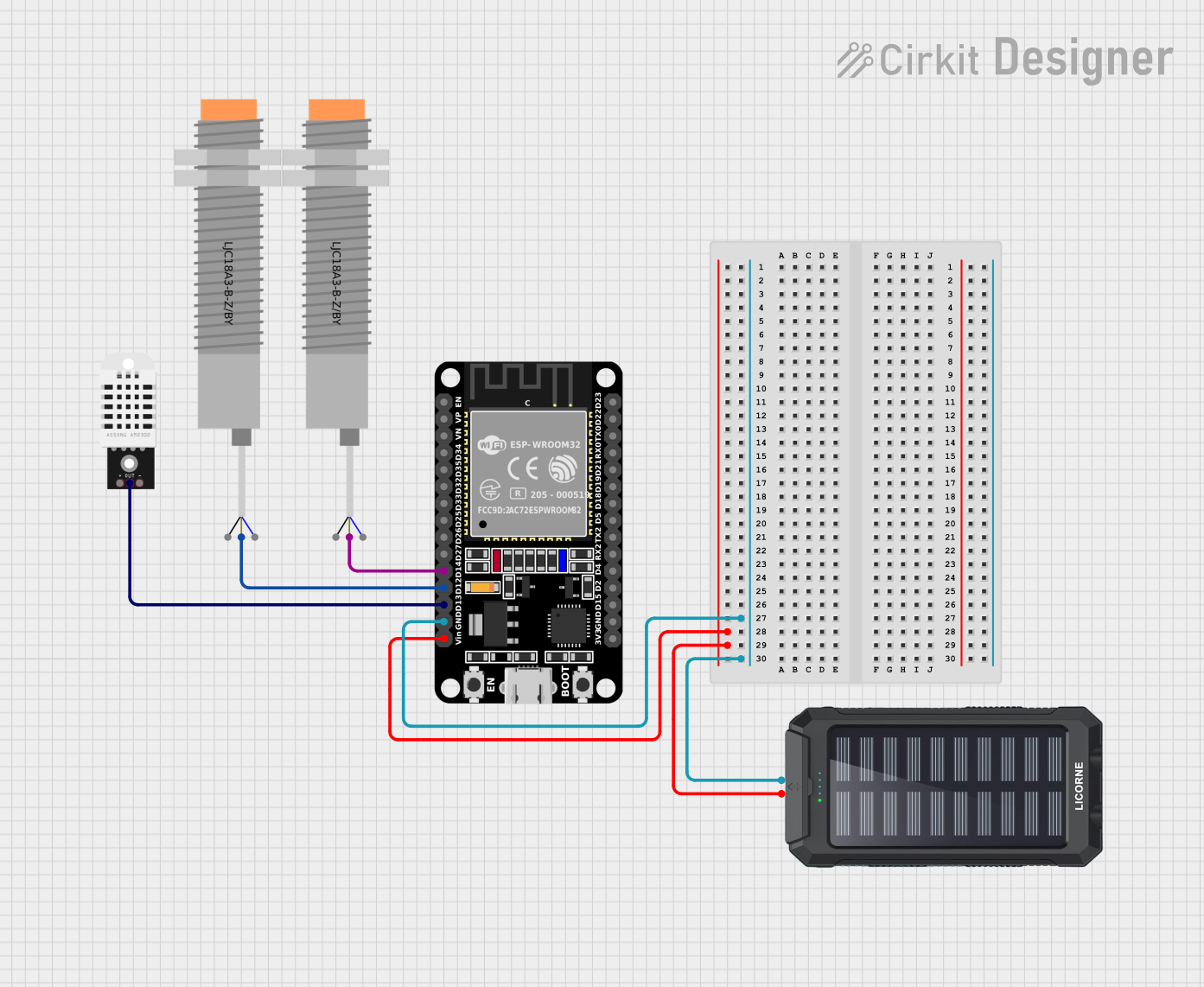
 Open Project in Cirkit Designer
Open Project in Cirkit DesignerExplore Projects Built with HC-12

 Open Project in Cirkit Designer
Open Project in Cirkit Designer
 Open Project in Cirkit Designer
Open Project in Cirkit Designer
 Open Project in Cirkit Designer
Open Project in Cirkit Designer
 Open Project in Cirkit Designer
Open Project in Cirkit DesignerCommon Applications and Use Cases
- Remote control systems
- Wireless sensor networks
- Home automation
- Industrial monitoring and control
- Robotics communication
- Data logging and telemetry
Technical Specifications
The HC-12 module is highly versatile and offers a range of configurable parameters to suit various applications. Below are its key technical details:
Key Technical Details
| Parameter | Specification |
|---|---|
| Operating Frequency | 433.4 MHz to 473.0 MHz |
| Communication Range | Up to 1,000 meters (open space) |
| Modulation Method | GFSK (Gaussian Frequency Shift Keying) |
| Supply Voltage | 3.2V to 5.5V |
| Operating Current | 16 mA (transmitting), 3.5 mA (idle) |
| Baud Rate | 1,200 bps to 115,200 bps |
| Transmit Power | Up to 100 mW (20 dBm) |
| Antenna Interface | IPEX or soldered wire |
| Operating Temperature | -40°C to +85°C |
Pin Configuration and Descriptions
The HC-12 module has a total of 4 pins. Below is the pinout and description:
| Pin Name | Pin Number | Description |
|---|---|---|
| VCC | 1 | Power supply input (3.2V to 5.5V) |
| GND | 2 | Ground |
| TXD | 3 | UART Transmit pin (connect to RX of MCU) |
| RXD | 4 | UART Receive pin (connect to TX of MCU) |
Usage Instructions
The HC-12 module is straightforward to use and can be integrated into a variety of projects. Below are the steps and best practices for using the module:
How to Use the HC-12 in a Circuit
- Power the Module: Connect the VCC pin to a 3.3V or 5V power source and the GND pin to ground.
- Connect UART Pins:
- Connect the TXD pin of the HC-12 to the RX pin of your microcontroller.
- Connect the RXD pin of the HC-12 to the TX pin of your microcontroller.
- Attach an Antenna: For optimal performance, connect an appropriate antenna to the module's IPEX connector or solder a wire antenna to the designated pad.
- Configure the Module (Optional): Use AT commands to configure parameters such as baud rate, channel, and transmission power. This can be done via a serial terminal or directly from your microcontroller.
- Write Code: Use UART communication to send and receive data wirelessly.
Important Considerations and Best Practices
- Power Supply: Ensure a stable power supply to avoid communication issues. Use decoupling capacitors if necessary.
- Antenna Placement: Place the antenna away from metal objects and other sources of interference for maximum range.
- Baud Rate Matching: Ensure the baud rate of the HC-12 matches the baud rate of your microcontroller.
- Channel Selection: If using multiple HC-12 modules, configure them to operate on different channels to avoid interference.
Example Code for Arduino UNO
Below is an example of how to use the HC-12 module with an Arduino UNO for basic wireless communication:
#include <SoftwareSerial.h>
// Define RX and TX pins for SoftwareSerial
SoftwareSerial HC12(10, 11); // RX = Pin 10, TX = Pin 11
void setup() {
Serial.begin(9600); // Start Serial Monitor at 9600 baud
HC12.begin(9600); // Start HC-12 communication at 9600 baud
Serial.println("HC-12 Test Initialized");
}
void loop() {
// Check if data is available from the Serial Monitor
if (Serial.available()) {
String input = Serial.readString(); // Read input from Serial Monitor
HC12.println(input); // Send input to HC-12
Serial.println("Sent: " + input); // Echo back the sent data
}
// Check if data is available from the HC-12
if (HC12.available()) {
String received = HC12.readString(); // Read data from HC-12
Serial.println("Received: " + received); // Print received data
}
}
Notes on the Code
- Replace
10and11with the appropriate pins if using different connections. - Ensure the baud rate in
HC12.begin()matches the HC-12's configured baud rate.
Troubleshooting and FAQs
Common Issues and Solutions
No Communication Between Modules
- Cause: Mismatched baud rates or channels.
- Solution: Use AT commands to verify and configure the baud rate and channel.
Short Communication Range
- Cause: Poor antenna placement or interference.
- Solution: Ensure the antenna is properly connected and placed away from obstructions.
Module Not Responding to AT Commands
- Cause: Incorrect wiring or baud rate mismatch.
- Solution: Double-check the wiring and ensure the baud rate matches the module's default (typically 9600 bps).
Data Corruption
- Cause: Noise or interference in the communication channel.
- Solution: Use a lower baud rate or switch to a less congested channel.
FAQs
Q: Can I use the HC-12 with a 5V microcontroller?
A: Yes, the HC-12 supports a supply voltage of up to 5.5V and is compatible with 5V logic levels.
Q: How do I reset the HC-12 to factory settings?
A: Send the AT command AT+DEFAULT to the module via a serial terminal.
Q: What is the maximum data rate of the HC-12?
A: The HC-12 supports baud rates up to 115,200 bps, but the effective data rate depends on the environment and configuration.
Q: Can multiple HC-12 modules communicate with each other?
A: Yes, as long as they are configured to the same channel and baud rate.
By following this documentation, you can effectively integrate the HC-12 module into your projects for reliable wireless communication.